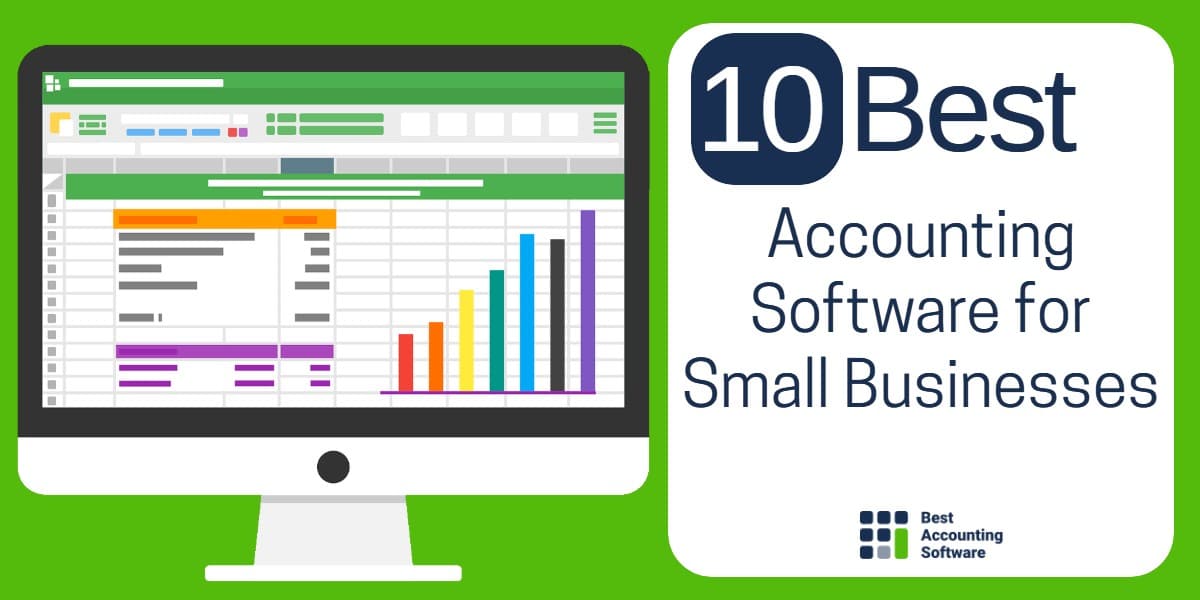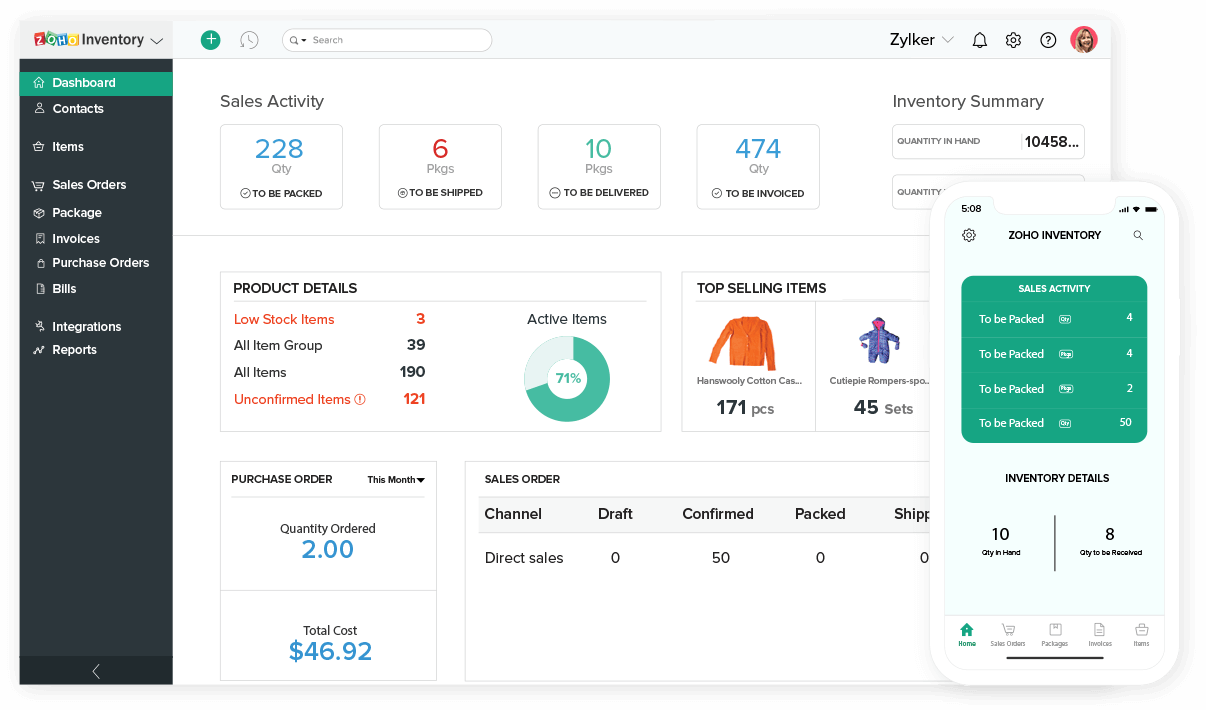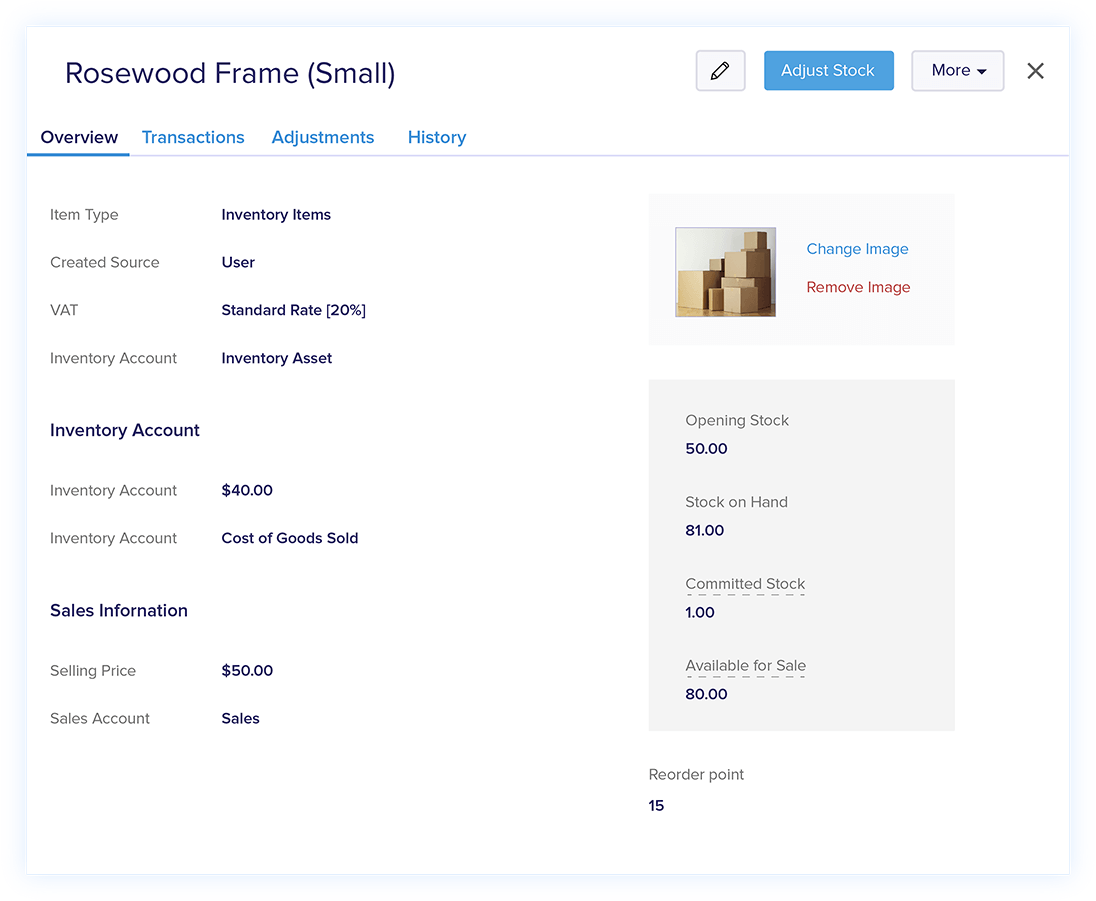Small business accounting software inventory management – In the realm of small businesses, accounting software with inventory management is not just a tool; it’s a lifeline. By seamlessly integrating inventory tracking into accounting processes, businesses gain a competitive edge, unlocking a wealth of benefits that empower them to thrive in today’s dynamic market.
This comprehensive guide delves into the intricacies of small business accounting software with inventory management, providing invaluable insights into its features, advantages, implementation strategies, and real-world applications. Prepare to elevate your business operations and unlock new levels of efficiency, accuracy, and growth.
Overview of Small Business Accounting Software with Inventory Management: Small Business Accounting Software Inventory Management
For small businesses, accounting software is a crucial tool that helps them manage their financial operations effectively. It streamlines tasks such as recording transactions, generating reports, and tracking expenses. Integrating inventory management into accounting software provides additional benefits that can significantly enhance business efficiency and profitability.
Benefits of Integrating Inventory Management into Accounting Software
- Accurate Inventory Tracking: Real-time visibility into inventory levels ensures accurate tracking, reducing the risk of stockouts and overstocking.
- Optimized Stock Management: Inventory management features allow businesses to set reorder points, track inventory turnover, and identify slow-moving items, helping them optimize stock levels and minimize carrying costs.
- Improved Cost Control: Integrating inventory management with accounting software enables businesses to track the cost of goods sold and calculate gross profit margins more accurately, leading to better cost control and profitability.
- Enhanced Efficiency: Automated inventory management processes reduce manual labor, freeing up time for other critical business tasks, such as customer service or marketing.
li>Improved Customer Service: Accurate inventory information allows businesses to fulfill customer orders promptly, enhancing customer satisfaction and loyalty.
Features of Small Business Accounting Software with Inventory Management

Choosing accounting software with inventory management capabilities is crucial for small businesses. Here are some essential features to consider:
Inventory Tracking: Track inventory levels in real-time, including quantities on hand, allocated, and in transit. This helps prevent overstocking or stockouts.
Invoicing: Create and send professional invoices with accurate inventory data. Automatically generate invoices based on inventory items and quantities sold.
Reporting: Generate detailed reports on inventory performance, including stock levels, turnover rates, and profitability. This data helps businesses make informed decisions about inventory management.
Other Features:
- Multi-location Management: Track inventory across multiple warehouses or locations.
- Barcode Scanning: Use barcode scanners to quickly and accurately track inventory movements.
- Purchase Order Management: Create and manage purchase orders to streamline inventory replenishment.
- Lot and Serial Number Tracking: Track individual items or batches of inventory for quality control or compliance.
- Integration with Other Systems: Connect with other business systems, such as CRM or e-commerce platforms, for seamless data flow.
Benefits of Using Small Business Accounting Software with Inventory Management
Integrating accounting software with inventory management offers numerous advantages that can streamline operations, enhance accuracy, and empower informed decision-making for small businesses.
Improved Efficiency
- Automates inventory tracking and accounting processes, eliminating manual tasks and reducing time spent on inventory management.
- Centralizes inventory data in one location, providing real-time visibility into stock levels and facilitating quick order fulfillment.
Reduced Errors
- Eliminates manual data entry errors associated with traditional inventory management methods.
- Automates inventory updates, ensuring accuracy and reducing the risk of stock discrepancies.
Enhanced Decision-Making
- Provides real-time insights into inventory levels, sales trends, and profitability.
- Enables data-driven decisions on inventory optimization, pricing strategies, and purchasing.
Case Study, Small business accounting software inventory management
A small business using manual inventory management experienced an average of 10% inventory loss due to errors. After implementing accounting software with inventory management, the loss was reduced to less than 1%, resulting in an annual cost savings of over $10,000.
Considerations for Choosing Small Business Accounting Software with Inventory Management
Selecting the right accounting software with inventory management capabilities is crucial for small businesses. Consider these factors to make an informed decision:
Business Size and Industry: Assess your business’s size, industry, and inventory management needs. Different software solutions cater to specific industries and business scales.
Budget
Determine a realistic budget for the software and its implementation. Consider both the initial purchase cost and ongoing maintenance expenses.
Software Features
Evaluate the software’s features and functionality to ensure they align with your business requirements. Consider features such as inventory tracking, purchase order management, and reporting capabilities.
Integration and Compatibility
Consider the software’s compatibility with your existing systems, such as your point-of-sale (POS) or e-commerce platform. Seamless integration ensures efficient data flow and minimizes manual data entry.
User Interface and Ease of Use
Choose software with an intuitive user interface that simplifies inventory management tasks. A user-friendly interface reduces training time and improves productivity.
Technical Support and Customer Service
Assess the software provider’s technical support and customer service offerings. Reliable support is essential for resolving any issues or inquiries promptly.
Scalability and Growth Potential
Consider the software’s scalability to accommodate future business growth. Choose a solution that can adapt to your evolving inventory management needs as your business expands.
Implementation and Best Practices for Small Business Accounting Software with Inventory Management

Successful implementation of accounting software with inventory management is crucial for small businesses. Here’s a step-by-step guide with best practices to ensure a smooth transition and maximize benefits:
Planning and Preparation
Begin by assessing your business needs and selecting software that aligns with your requirements. Define clear goals, create a project plan, and assemble a team to oversee the implementation process.
Data Migration
Transfer your existing financial and inventory data into the new software. Ensure data accuracy and completeness by verifying it thoroughly. Utilize data conversion tools to streamline the process.
Configuration and Customization
Configure the software to match your business processes and preferences. This includes setting up chart of accounts, inventory categories, and tax rates. Customize reports and dashboards to suit your specific reporting needs.
Training and User Adoption
Provide comprehensive training to all users to ensure they understand the software’s functionality. Encourage user feedback and address any concerns or issues promptly. Promote software adoption by emphasizing its benefits and addressing any resistance.
Ongoing Maintenance and Support
Regularly update the software with the latest releases to benefit from new features and security patches. Seek professional support from the software vendor or a qualified accountant when needed to ensure optimal performance and compliance.
Case Studies and Examples of Small Business Accounting Software with Inventory Management

Numerous small businesses have successfully implemented accounting software with inventory management to streamline their operations and improve profitability. Here are a few notable examples:
Online Retail Store
An online retailer selling handmade crafts struggled to manage its inventory, leading to stockouts and lost sales. By implementing an accounting software with inventory management capabilities, they gained real-time visibility into their inventory levels, allowing them to optimize stock levels and reduce out-of-stocks.
Manufacturing Company
A small manufacturing company faced challenges in tracking raw materials and finished goods. They implemented an accounting software with inventory management features that provided accurate inventory counts and automated inventory replenishment, resulting in reduced waste and improved production efficiency.
Wholesale Distributor
A wholesale distributor had difficulty managing multiple warehouses and coordinating inventory transfers. They adopted an accounting software with inventory management that centralized inventory data, streamlined warehouse operations, and improved order fulfillment accuracy.
Closing Summary
In conclusion, small business accounting software with inventory management is an indispensable tool for businesses seeking to streamline operations, minimize errors, and maximize profitability. By embracing the capabilities of these software solutions, small businesses can gain a competitive advantage, unlocking a world of possibilities for growth and success.
FAQ Resource
What are the key features to look for in small business accounting software with inventory management?
Essential features include inventory tracking, invoicing, reporting, purchase order management, and customer relationship management.
How does accounting software with inventory management benefit small businesses?
It streamlines operations, reduces errors, improves decision-making, and enhances profitability.
What factors should be considered when choosing accounting software with inventory management?
Business size, industry, budget, and specific business needs should be taken into account.